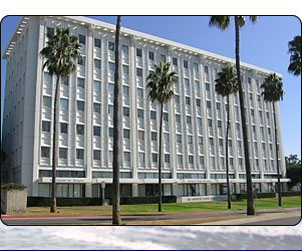FAQ’s
 |
|||

|
 |
1. What is preventive cardiology?
Preventive cardiology is a field that has developed in recent years which utilizes advanced technology and an improved understanding of cardiovascular disease to prevent atherosclerosis. Patients with abnormal lab tests are treated before symptoms develop, and the risk factors of individuals who have experienced an event such as a heart attack, stroke, vascular or heart surgery, or angioplasty are managed and ameliorated. Using the expertise of medical professionals in multiple specialties, the goal of preventive cardiology is to halt or reverse atherosclerosis and its disabling and life threatening effects.
2. What is atherosclerosis?
Atherosclerosis is a progressive process that results in a gradual narrowing of the arteries, which can lead to stroke, heart attacks, aneurysms, and sudden death. Heart attacks and stroke are the leading cause of death in the United States and over 40% of all deaths are the result of cardiovascular disease. Every year 1.5 million people suffer a heart attack (30% of them fatal) and 4 million Americans have survived a stroke, resulting in various degrees of disability. Unfortunately, very few of these people are aware that they have atherosclerosis, or that the risk of stroke and heart attack can be identified and significantly reduced.
3. How does atherosclerosis develop?
The process begins like a cancer growing on the wall of the artery and progresses over the lifetime of the individual. Small, tumor-like structures called plaque begin growing in childhood and eventually grow together, forming thick scars and accumulating calcium. Atherosclerotic plaque growth gradually narrows the opening of the artery, diminishing blood flow when the vessel is narrowed by more than 50%. Once symptoms such as chest pain develop, there is a 90% chance that complications will occur. Asymptomatic plaques (the tiny tumor-like structures in the wall of the artery) are the most dangerous as they are prone to rupture. A clot results which cuts off the blood flow to the heart and brain causing a stroke, heart attack, or sudden cardiac death.
4. How is atherosclerosis diagnosed?
Atherosclerosis is easy to diagnose after an event such as stroke, heart attack, or an aneurysm occurs, but by that time, permanent damage is likely. Fortunately, technologically advanced CT scans can define the location and level of narrowing in the coronary arteries as well as differentiate between stable (calcified) plaque and unstable (soft) plaque. Dangerous soft plaque is detected without invasive procedures and can often be reversed by aggressive management and treatment of risk factors.
5. What are the risk factors of atherosclerosis?
The traditional risk factors which include, age (over 60), family member with early (before 60) heart disease, high cholesterol, stress, a known cholesterol or lipid disorder, diabetes, hypertension, obesity, a sedentary lifestyle, and smoking are often treated erratically. Newer diagnostic tests measure a variety of risk factors that are reversible and treatable. These include elevated homocysteine, Lipoprotein (a), fibrinogen, C - reactive protein, LDL particle density, inflammatory mediators, and hormone and antioxidant levels.
Aging
Anti-Aging Medicine
Functional Medicine
Preventive Cardiology
Stress
Adrenal Fatigue
Hormones and Hormone Replacement
Nutritional Supplements